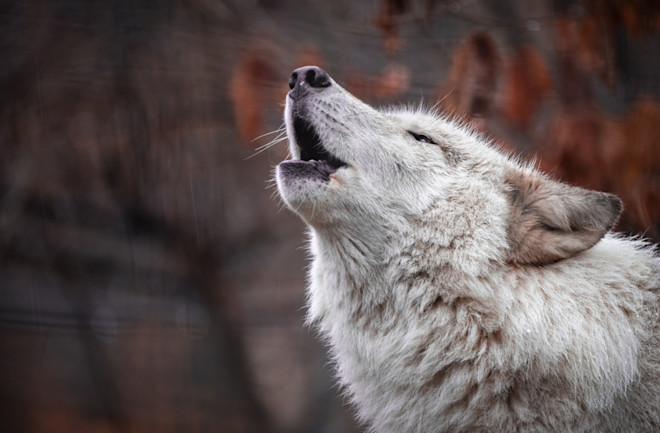A wolf’s howl is one of those unforgettable sounds of nature. Now, this iconic sound is setting a new chapter for wolf conservation, fitting hand-in-hand with monitoring technology.
To make sense of what wolf howls mean for an ecosystem, The Colossal Foundation (the non-profit arm of Colossal Biosciences, which recently made headlines for its dire wolf de-extinction project) has announced a partnership with non-profit Yellowstone Forever and the Yellowstone Wolf Project. The collaboration aims to strengthen wolf conservation efforts, using cameras to monitor acoustic (audio) data and AI algorithms to classify howls.
The Meanings Behind Wolf Sounds
Wolves speak to each other with their own canine code that features an assortment of sounds: growls, barks, whines, and other vocalizations can express how a wolf is feeling, whether they’re sensing danger or bonding with their pack. The howl, however, reigns as the most important sound for research.
Howling by wolves conveys vital messages that symbolize the solidarity of a pack. Multiple howls often combine to form chorus howls, which grow increasingly complex as more individuals join in concert. These sounds can be heard over five miles away, and they hold more than one meaning; Some howls are meant to check on pack members, while others cast territorial warnings to intruders.
To Learn More Click Here



